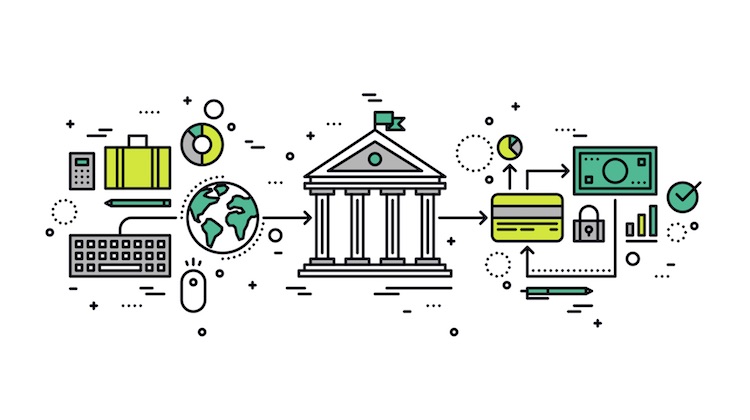The Customer Effect
As challenger banks seek to enter the US, the business model still faces hurdles
- 2018 may be the year startup banks make inroads into the U.S. market
- Generating revenue beyond interchange fees is a challenge for most players








